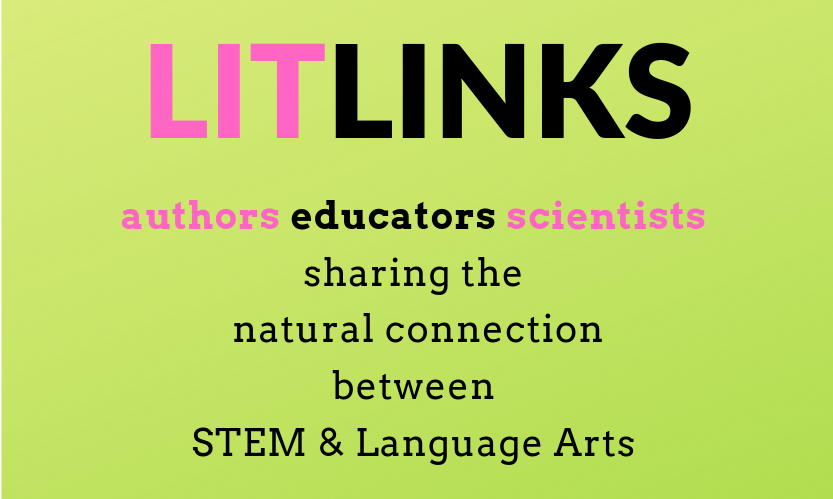
TODAY’S GUEST BLOGGER: SNEED B. COLLARD III
With the possible exception of insects, birds are the most accessible wildlife kids will encounter in their lives. Whether you live in downtown Chicago or the “wilds” of Montana as we do, birds can be observed and appreciated simply by stepping out the door. Of all the amazing features birds possess, one stands out: their incredible variety of colors. It’s a topic that I feature in my newest picture book, Birds of Every Color (Bucking Horse Books, 2019).
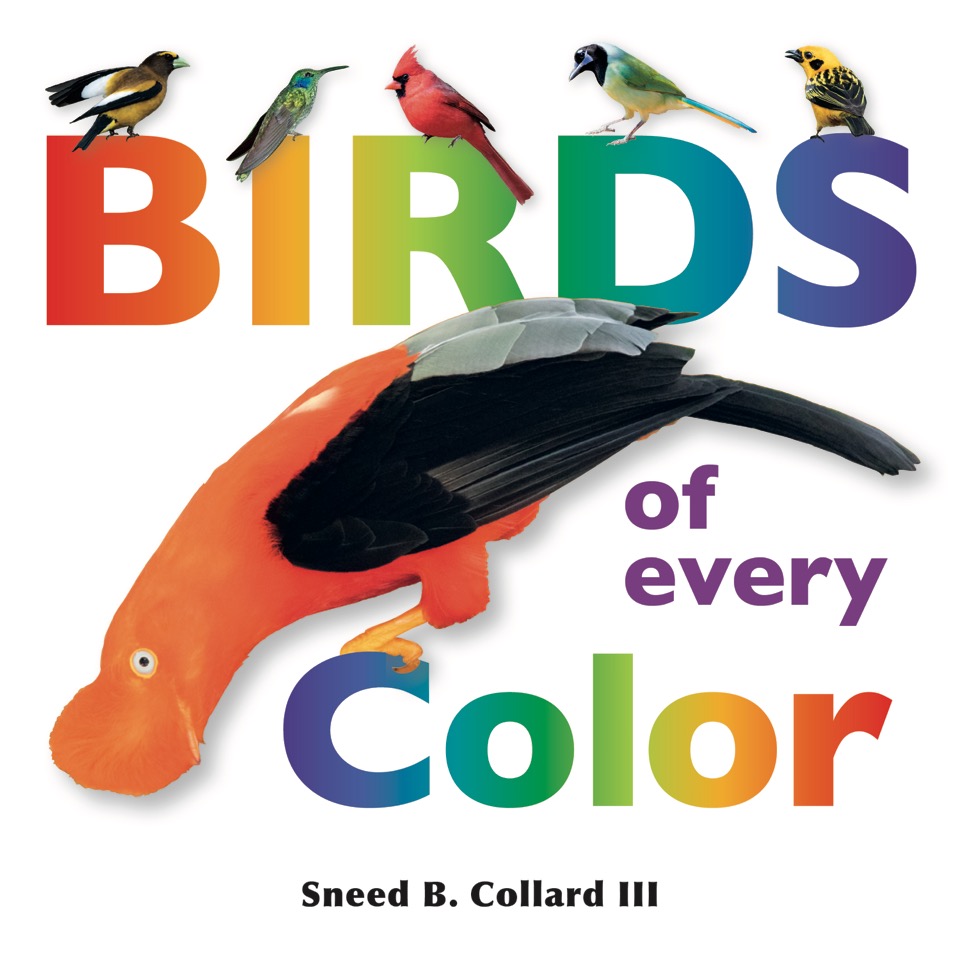
To download an extensive study guide for Birds of Every Color, please visit my website.
I have always been fascinated by bird colors not only for their mind-blowing diversity, but for how they are created and for their roles in the natural world. It just so happens that there couldn’t be a better topic for combining science, literacy, and art.
Birds of Every Color is written at two levels of text. The “big text” is designed for reading aloud to students and tells a whimsical story of bird colors. The “small text” provides more information for older or especially curious readers about the many fascinating structural and functional aspects of bird colors. I’d like to share a great STEM—or more accurately, STEAM—activity that helps kids celebrate and write about bird colors. I call it “Creating a Rainbow of Birds” and it can be used in any elementary grade from K through 5.
Creating a rainbow of birds
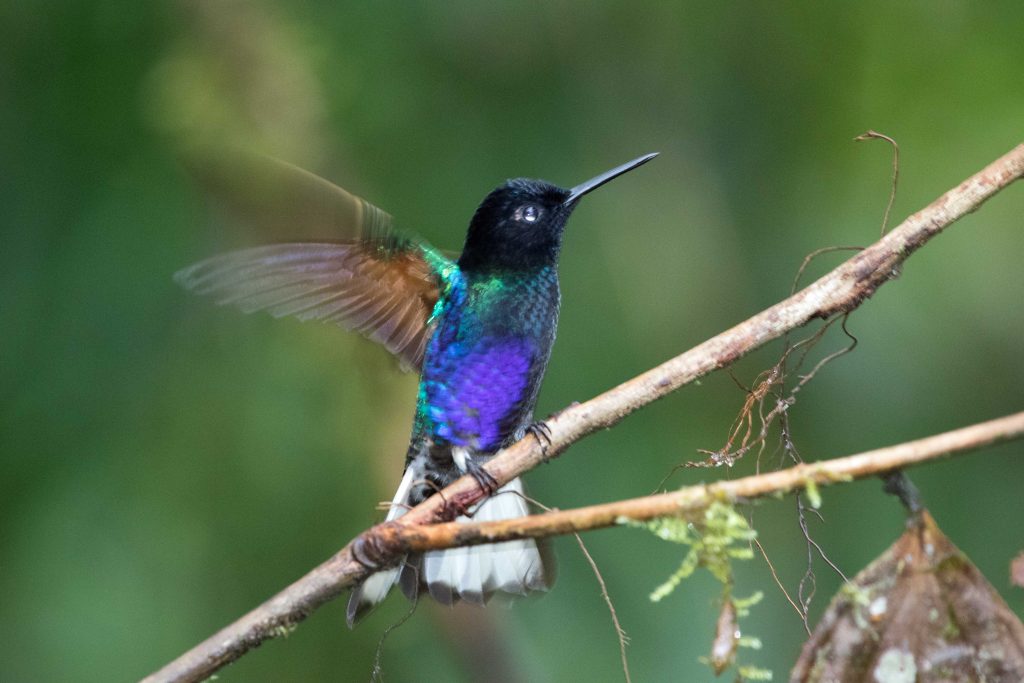
Step 1: Read, or have a student read, the “big text” of Birds of Every Color to the entire class. Use the “big text” to stimulate classroom discussions about especially high-interest birds and in the process explore the “small text” as desired—or inspired!
Step 2: Teach kids about the order of colors in a rainbow using the ROY-G-BIV mnemonic. If you don’t know what this is, look it up. It’s a lot of fun. (Hint: combine “I” and “V” to stand for purple.)
Step 3: Make out slips of paper with equal numbers of each color name in the rainbow. For instance, if you have thirty students, have five pieces of paper with the word “Red” on them, five with “Blue”, etc… Have kids draw out of a hat to each receive a color.
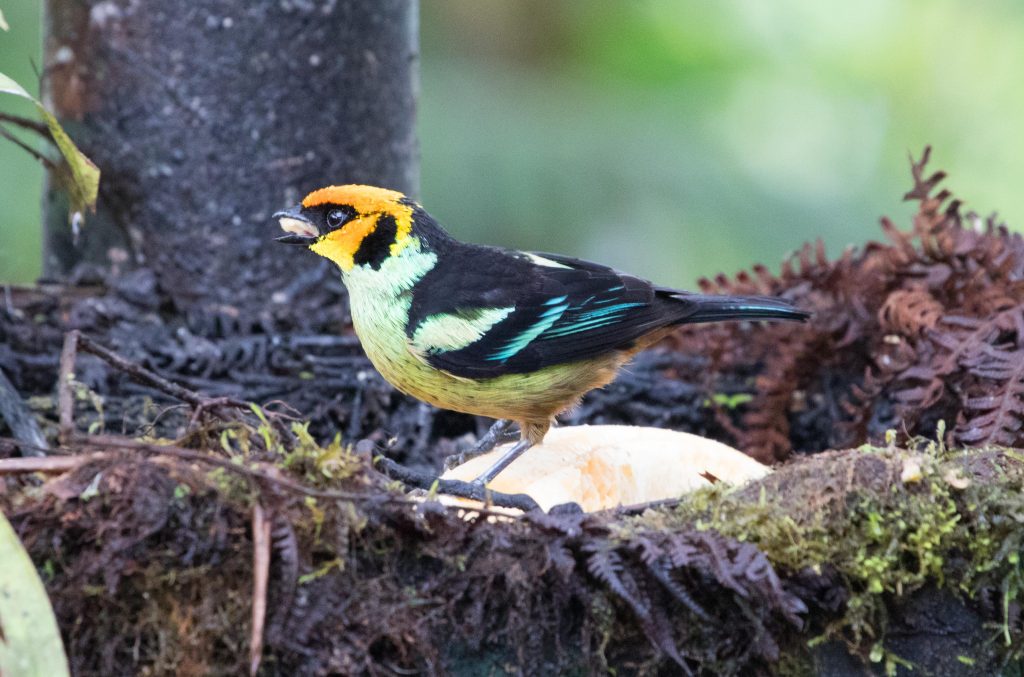
Step 4: Using Birds of Every Color and other children’s bird books as references (see suggestions below), have each child draw a picture of a bird that is predominantly the color they received. Alternatively, have them cut out bird pictures from old magazines or from printouts that they find online.
Step 5: Have the kids draw or paint a rainbow on a large sheet of construction paper (at least six feet on a side) and tack the rainbow to the wall. You can also color in brown ground beneath the rainbow, and add in white and black in the backgrounds if you’d like to accommodate bird colors that aren’t included in ROY-G-BIV.
Step 6: Have each child write a short paragraph about their bird including both basic information about the bird, but also an explanation of how that bird’s color helps it to survive. Note that it’s okay if scientists don’t know how that bird’s color helps it, but kids should do research to find out. In the case that a color’s purpose is unknown, the child can include both scientific and personal speculation in making a persuasive argument.
Step 7: Have each child pin their bird picture/photo onto the appropriate color of their wall-sized rainbow. Then have them pin their paragraphs on the outside of the rainbow and run a string (as a pointer) from their birds to their photos.
Step 8 (Optional but highly desirable!): Take your class outside with binoculars and bird guides to look for real birds in the school yard or, better yet, in a nearby park. Focus on picking out features of different birds and talk about what you see.
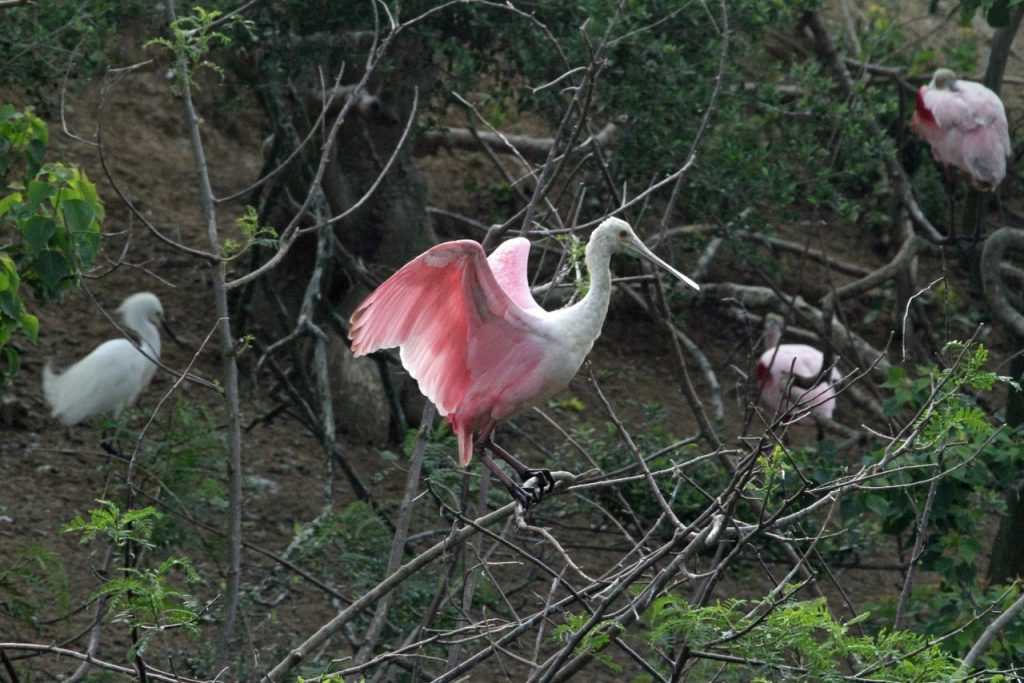
Some widely available bird books
Beaks! by Sneed B. Collard III (Charlesbridge Publishing, 2002)
Feathers: Not Just for Flying by Melissa Stewart (Charlesbridge Publishing, 2014)
Warbler Wave by April Pulley Sayre (Beach Lane, 2018)
Woodpeckers: Drilling Holes & Bagging Bugs by Sneed B. Collard III (Bucking Horse Books, 2018)
Superlative Birds by Leslie Bulion (Peachtree Publishing, 2019)
Audubon’s Birds of America: The Audubon Society Baby Elephant Folio by Roger Tory Peterson et al. (Abbeville Press, 2003)
Any bird guide!
Online Bird Resources
The Cornell Lab of Ornithology website “All About Birds”: https://www.allaboutbirds.org/
The Audubon Society’s online guide to birds: https://www.audubon.org/bird-guide
Sneed’s and Braden’s father-son birding blog: www.fathersonbirding.com
Birds of North America: https://birdsna.org/Species-Account/bna/home
Neotropical Birds: https://neotropical.birds.cornell.edu/Species-Account/nb/home

Sneed B. Collard III graduated with honors in marine biology from U.C. Berkeley and has written more than eighty books for young people including One Iguana, Two Iguanas; Woodpeckers: Drilling Holes & Bagging Bugs; and Hopping Ahead of Climate Change, a finalist for the AAAS/Subaru Prize for Excellence in Science Books. He and his son are active birders and collaborated on taking the photos for Birds of Every Color. They also write a birding blog, www.fathersonbirding.com. Sneed is an active speaker, visiting schools for author visits and professional development workshops, and speaking at state and national conferences. To learn more about him, visit his website at www.sneedbcollardiii.com or email him directly at collard@bigsky.net. Follow him on Facebook at https://www.facebook.com/SneedBCollardIII/ or on Twitter at @SneedCollard.


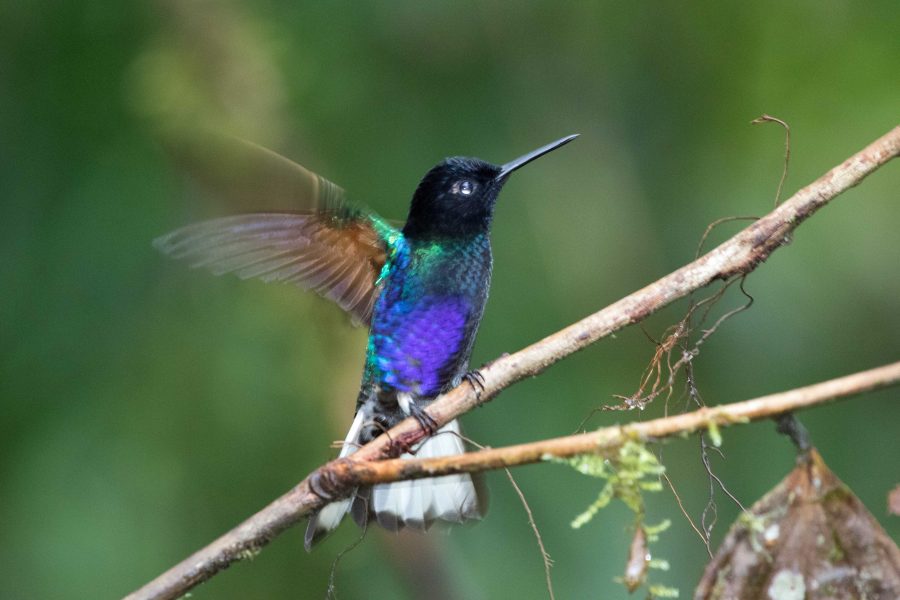
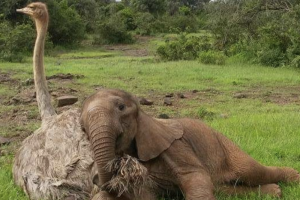
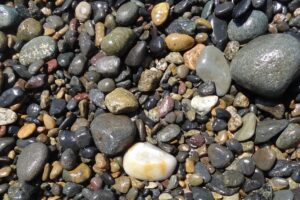


Leave a Reply
Your email is safe with me.